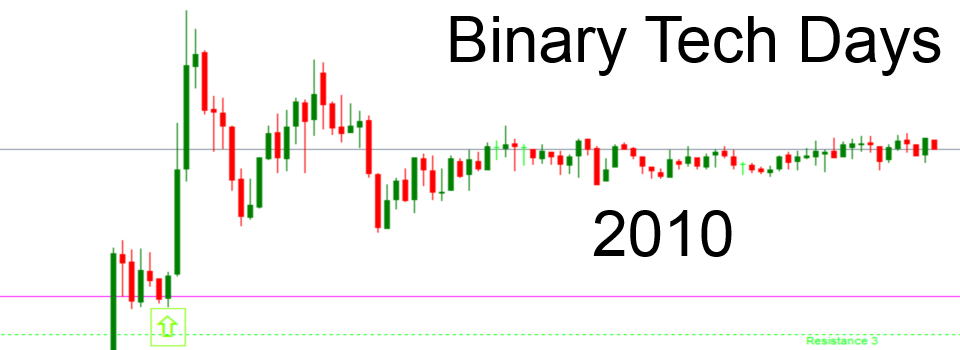 There are a few different types of trading indicators, some that have more power than others, depending upon the situation. Traditionally, these fall into two different categories: fundamental and technical. Both of these are great tools to have on your side, and using them in conjunction with each other can multiply your earnings. Let’s look at each individually, and then show why they are inferior on their own, and very productive when used together.
There are a few different types of trading indicators, some that have more power than others, depending upon the situation. Traditionally, these fall into two different categories: fundamental and technical. Both of these are great tools to have on your side, and using them in conjunction with each other can multiply your earnings. Let’s look at each individually, and then show why they are inferior on their own, and very productive when used together.
Fundamental indicators are a basic look at a company’s financial health. It can also be used on other assets, such as currencies or commodities. Either way, you are looking at the conditions that surround the financial surroundings of the asset you are looking at. These are made public for major corporations and the indices that evaluate them, but for assets these may be a bit more difficult to determine. Still, fundamental indicators can give you a very good look at the asset’s long term health. Fundamentals are great for long term trades and investing, but they will not always help you with short term trades, other than to figure out the general trend of an asset.
Technical indicators look at the behavior of past prices. This is most easily done through price charts and software analysis. There are dozens and dozens of these, and many different ways to use each one of them. For example, you can set some of the indicators to examine different lengths of time. Your end results may be different based upon how many trading sessions you end up examining. The good news about technical indicators is that they are ideal for gaining short term knowledge. There are a lot of set patterns that have been known to predict results consistently, and most sophisticated traders know this. When one of these price patterns occurs, many traders will jump on it, and the end result becomes a type of self fulfilling prophecy.
Using both of these together will give you a more complete picture of both the long and the short term future of a particular asset. You can use both strategies to give you a more complete picture of how your trade will progress over time, and you can use that information to form a better strategy. Something like this is perfect for day traders and binary options traders because although their individual trades are short term, if they do it long enough, they will ultimately need to take the long term into account too in order to remain successful.
There are other indicators out there that you can use as well, but these are the big two. The other main ones include news indicators, such as when an important piece of information becomes public and influences how the public acts on an asset, and sentimental indicators, which basically look at how the public generally feels about an asset. The truth is, you can have mild success with any one of these indicators on their own, but the more you are able to use all of them together, the more information you will have, and the more knowledgeable your trading will end up becoming. This is never a bad thing if you are looking to increase your profits.
